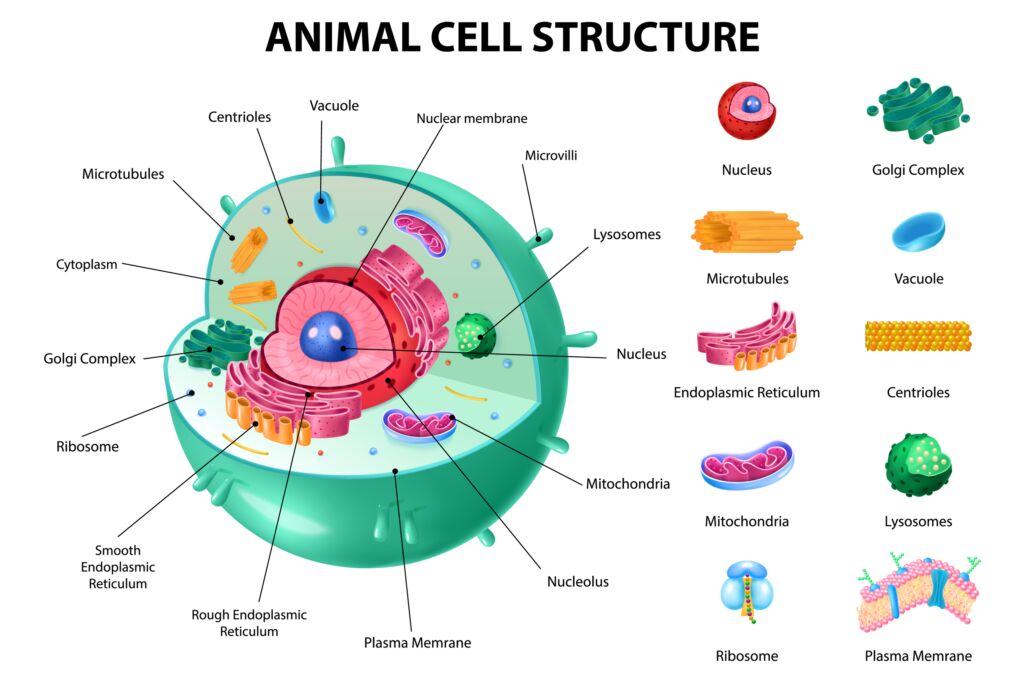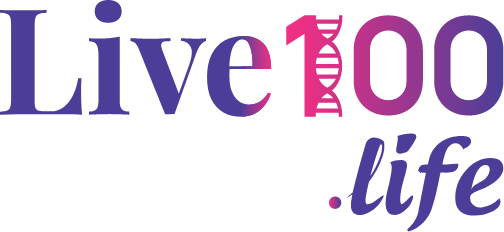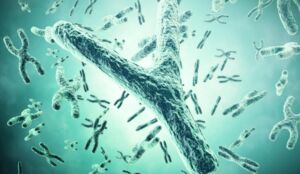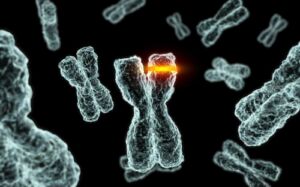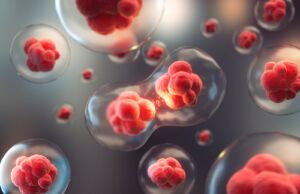The cell is the smallest, and the most basic functional unit of life. All organisms are made up of cells and the human body is composed of trillions of cells. A group of cells form tissues which further group together to form organs.
Each cell is like a tiny factory in which there are numerous processes going on simultaneously- they absorb food and convert it to energy, they replicate to form new cells, and may also carry out certain special functions.
All cells have special structures referred to as organelles that have specific roles. They are:
Did you know?
An average human body has about 37.2 trillion cells. The human brain alone is made up of 80 billion cells.
- Nucleus: The nucleus can be considered as the control room of the cell. It houses the major chunk of our DNA. The nucleus sends the messages to other parts of the cell to inform if the cell needs to grow, divide, or die. All living cells contain at-least 1 nucleus, some cells like skeletal muscle cells have 2 nuclei. The nucleus also contain the nucleolus, a spherical structure which produces and assembles cell ribosomes.
- Cytoplasm: It is the gel like substance within the cell in which all the cell organelles are suspended. It also contains various other molecules such as proteins, lipids, and nucleic acids.
- Plasma membrane: It is the outer covering of the cell that separates the cell from the external environment. It has many functions: it regulates the entry and exit of molecules in the cell, it contains receptors that may have different functions such as to prevent entry of pathogens, to communicate with other cells, or bind to other cells, etc.
- Cytoskeleton: It is a network of fibres which act as a scaffolding of the cell. They perform many functions such as to maintain the shape of the cell, to promote motility of cells and also plays an important role in cell division.
- Mitochondria: It is the powerhouse of the cell- it is here that the food gets converted to energy. It also has other roles such as storing calcium and regulating cell death. The mitochondria has its own DNA.
- Endoplasmic reticulum: It processes the molecules that are formed in the cell. It modifies and transports these molecules to their specific stations either within or outside the cell.
- Golgi apparatus: The Golgi apparatus packages the molecules processed by the endoplasmic reticulum and prepares them for transport.
- Lysosomes and peroxisomes: These structures contain enzymes that engulf pathogenic note
- Ribosomes: These organelles prepare proteins defined by the genetic information within the cells. The DNA in the nucleus is transcribed to RNA, the ribosomes extract the genetic information from the RNAs and prepare proteins accordingly.
